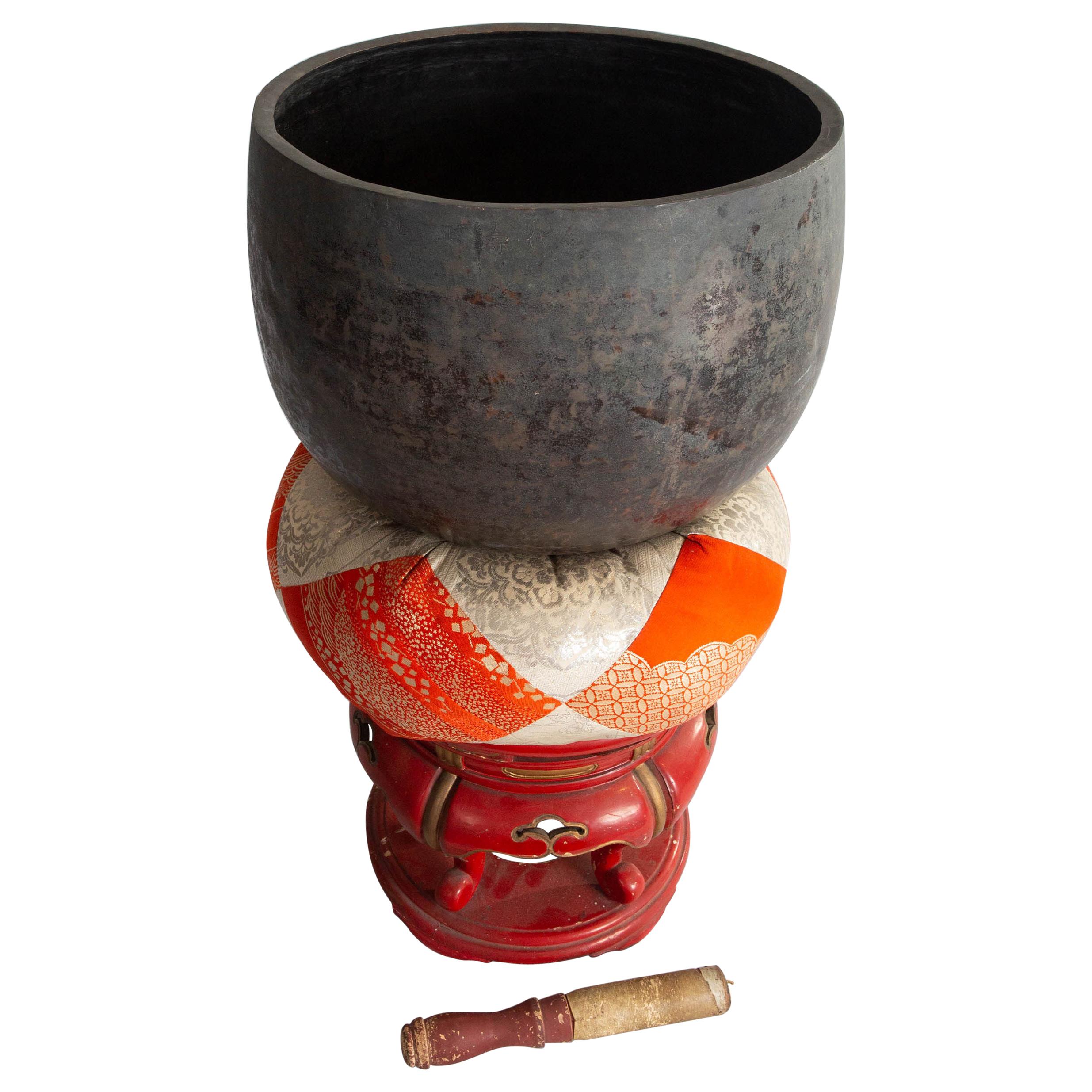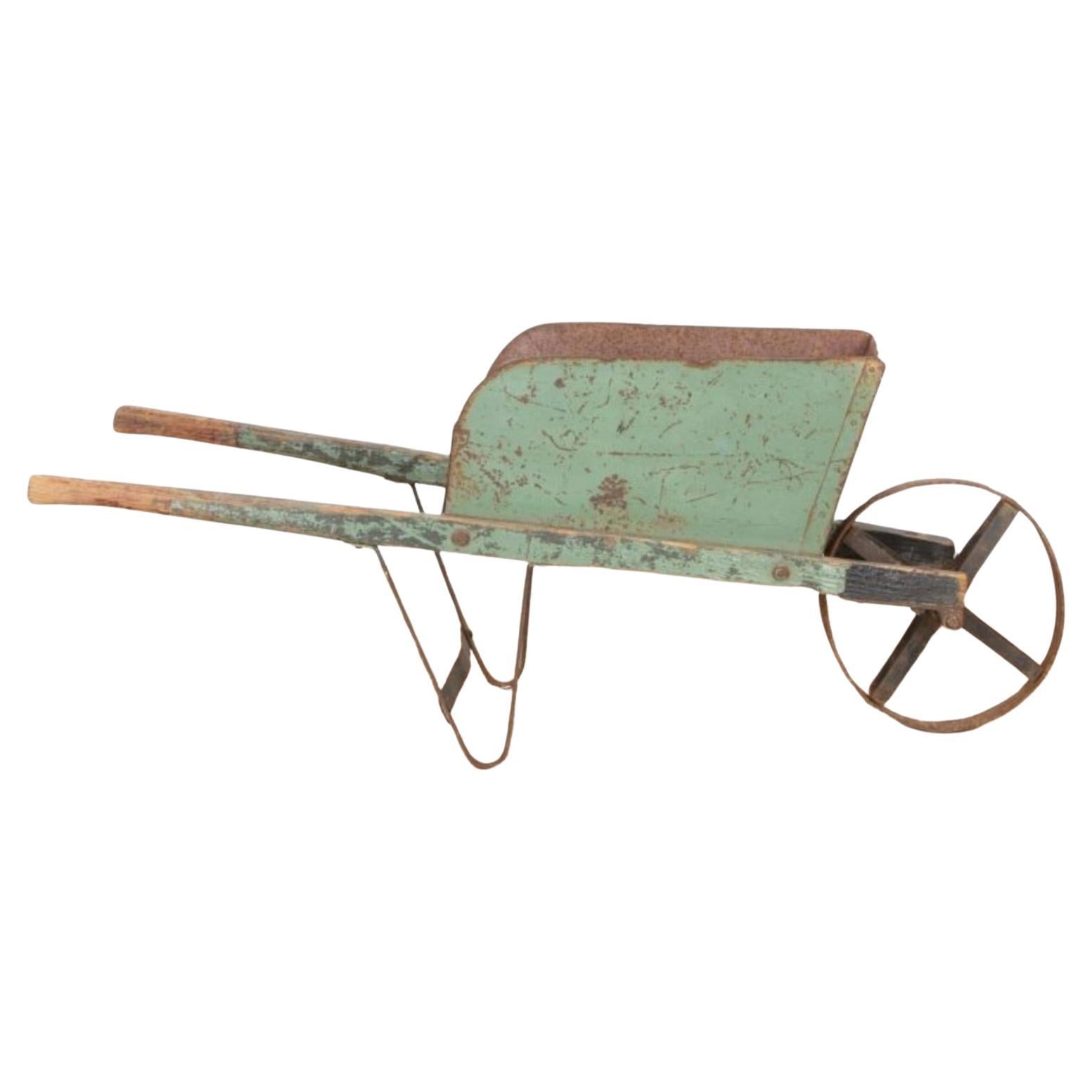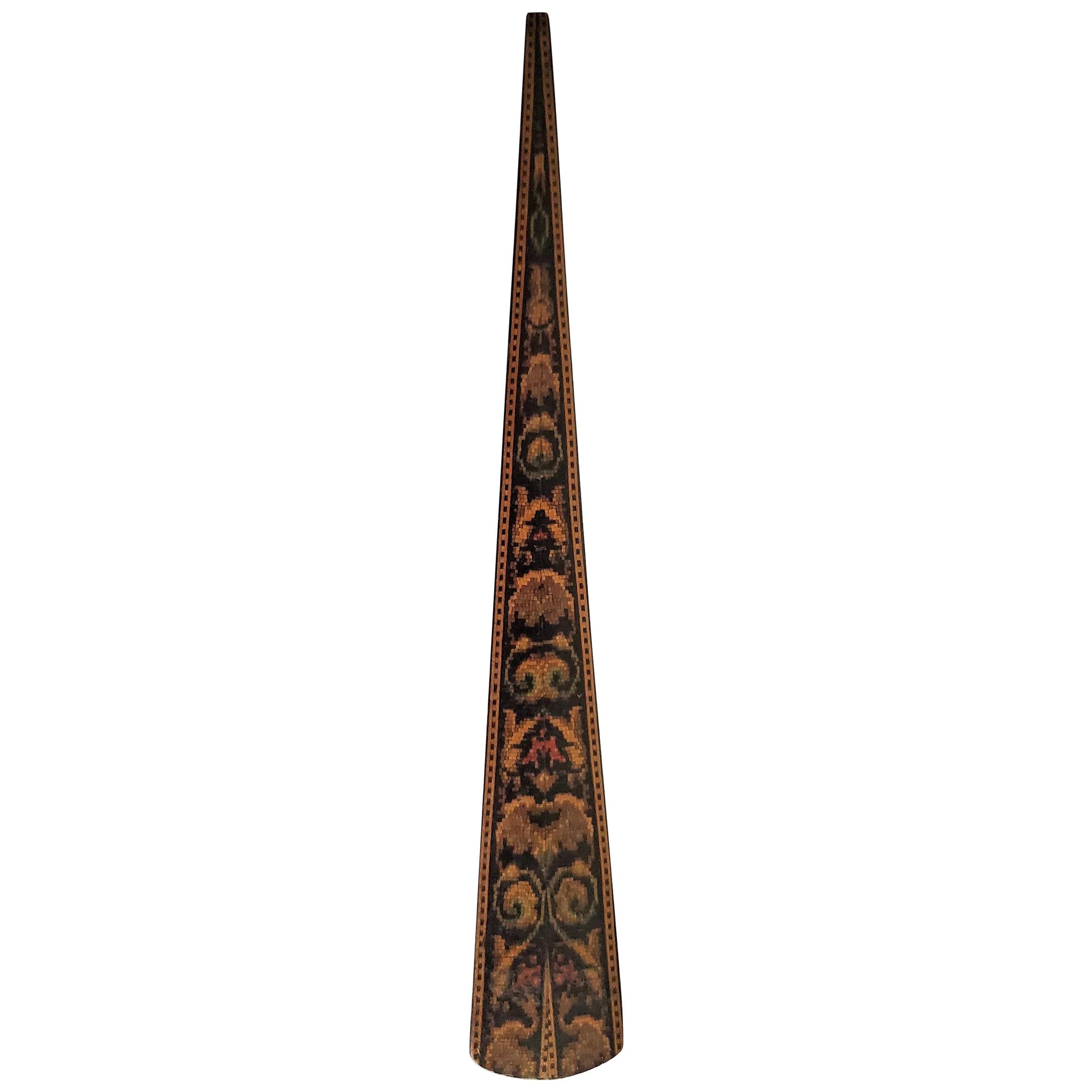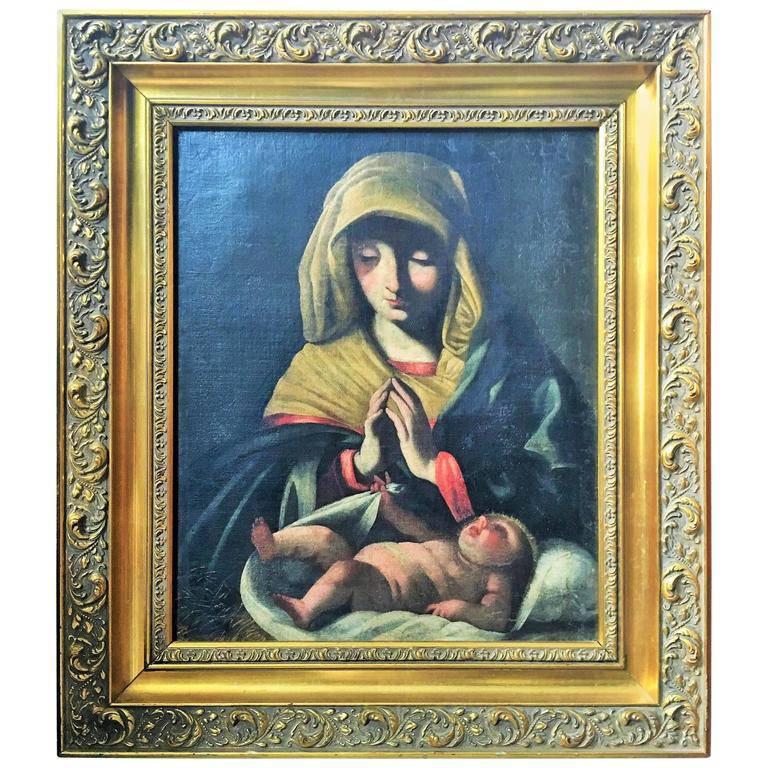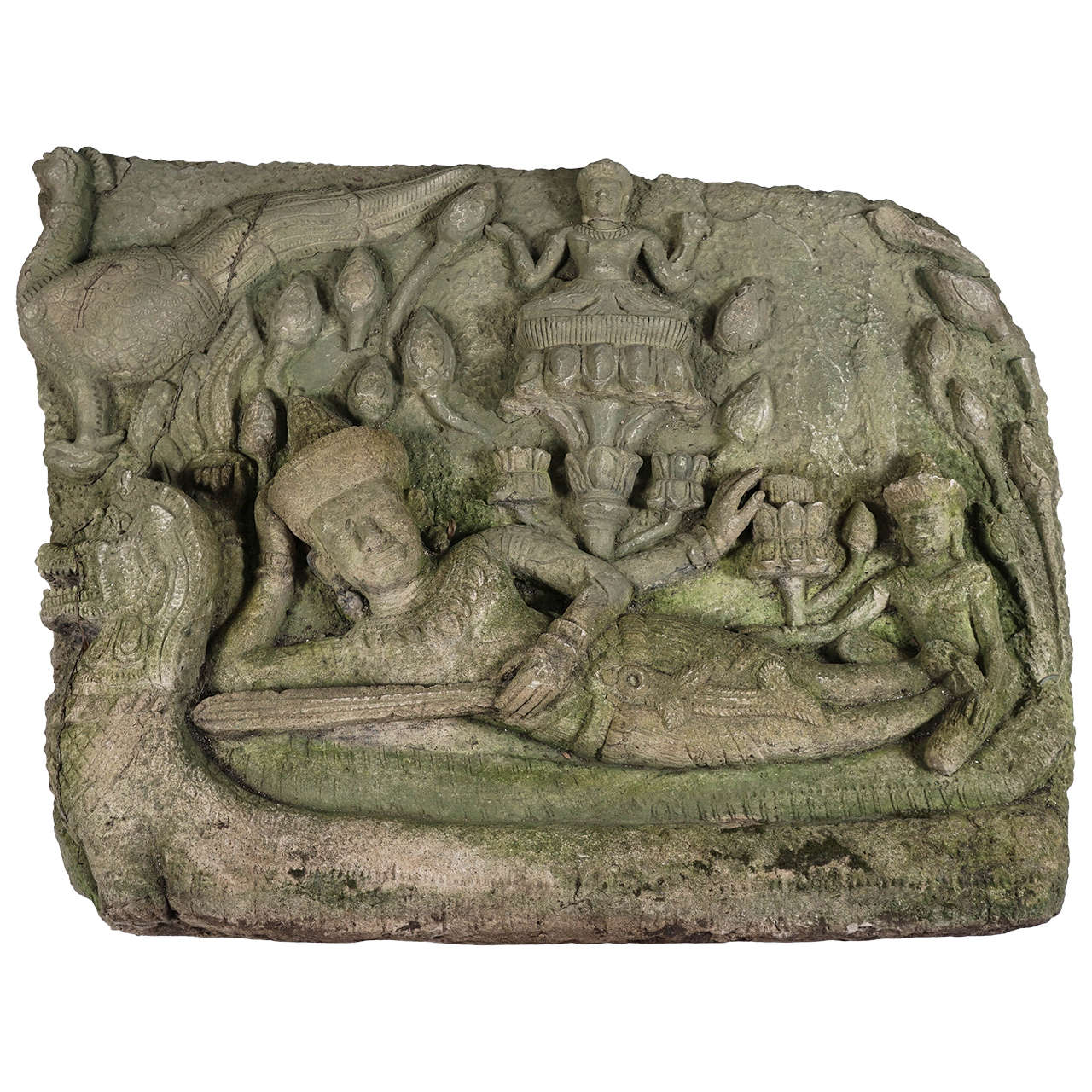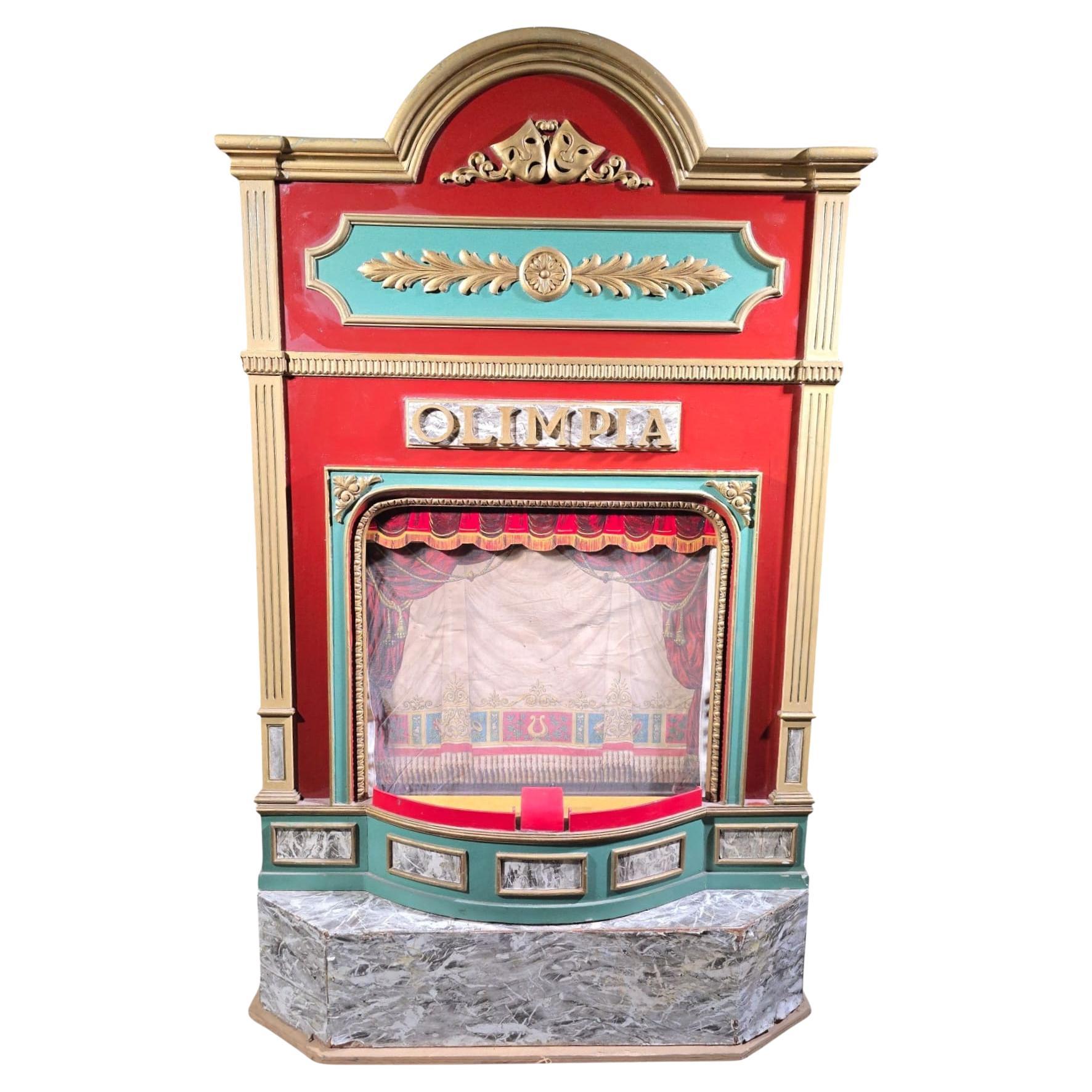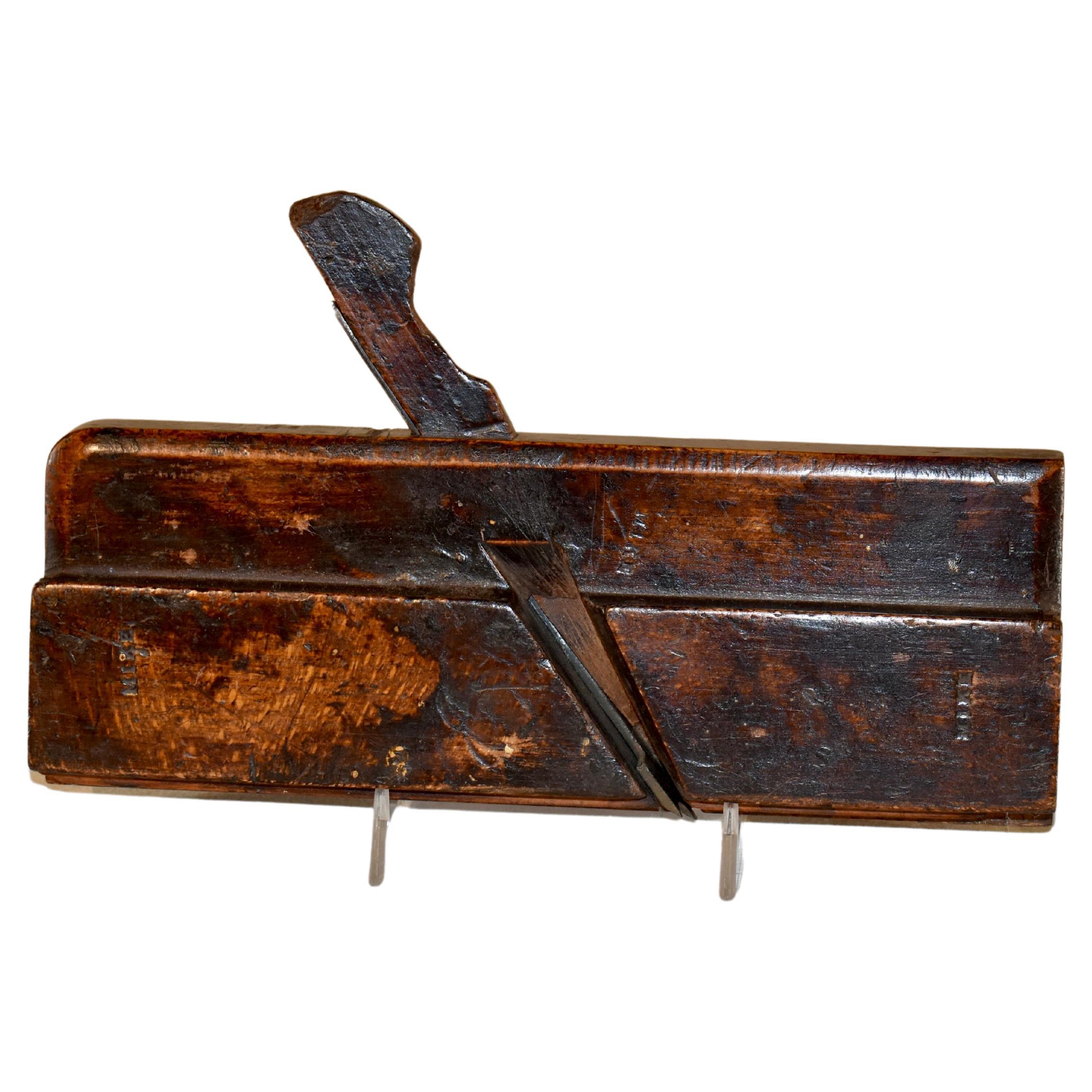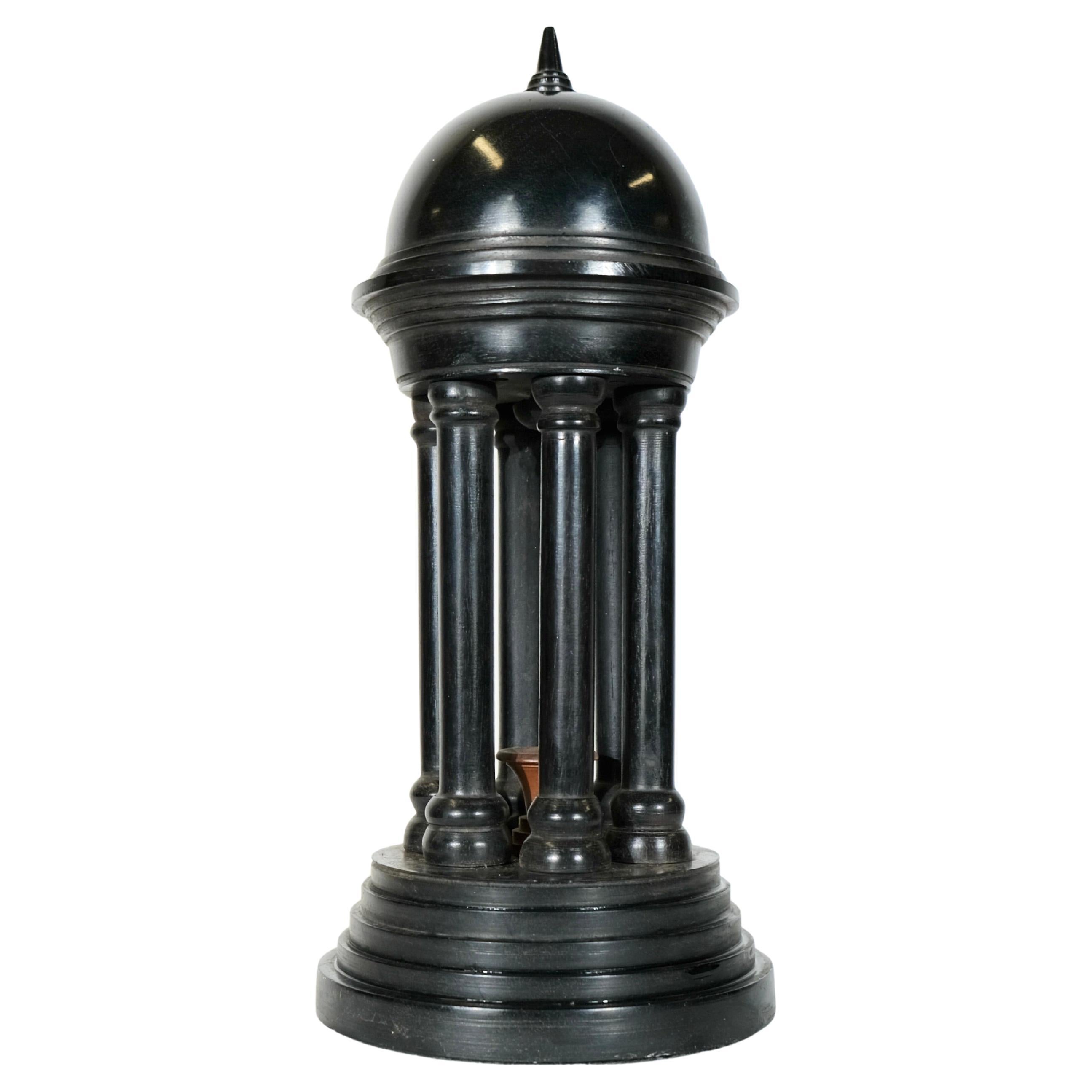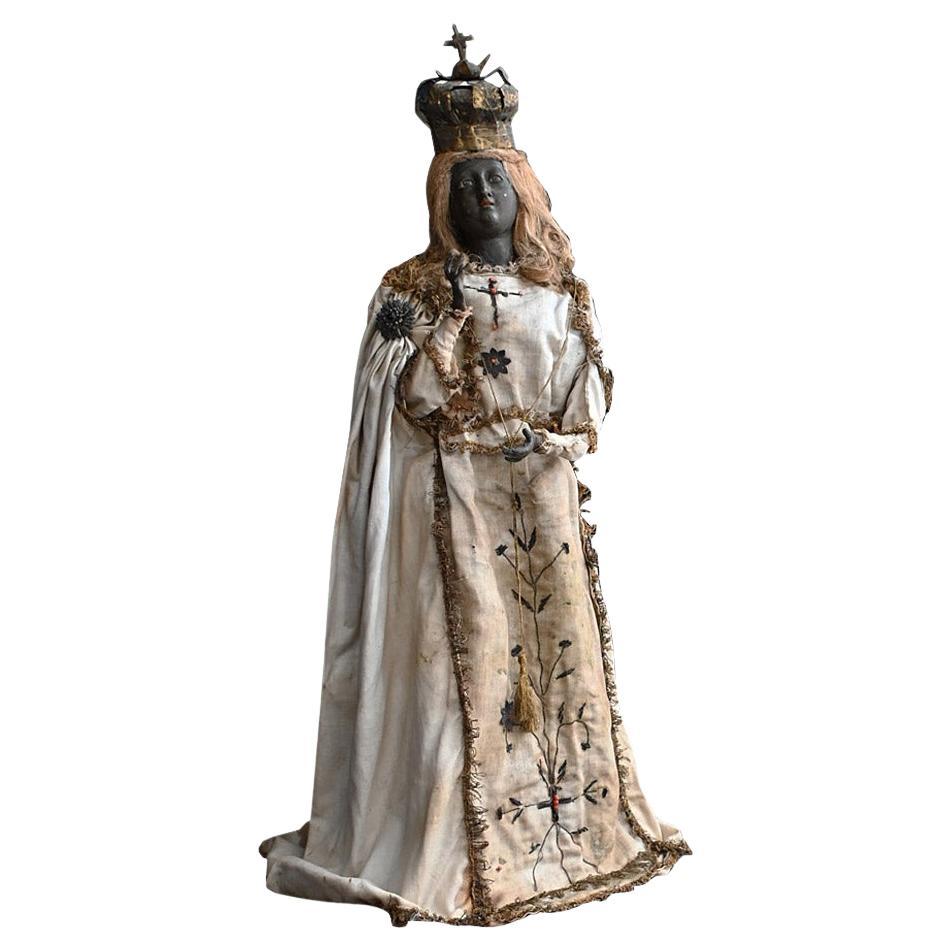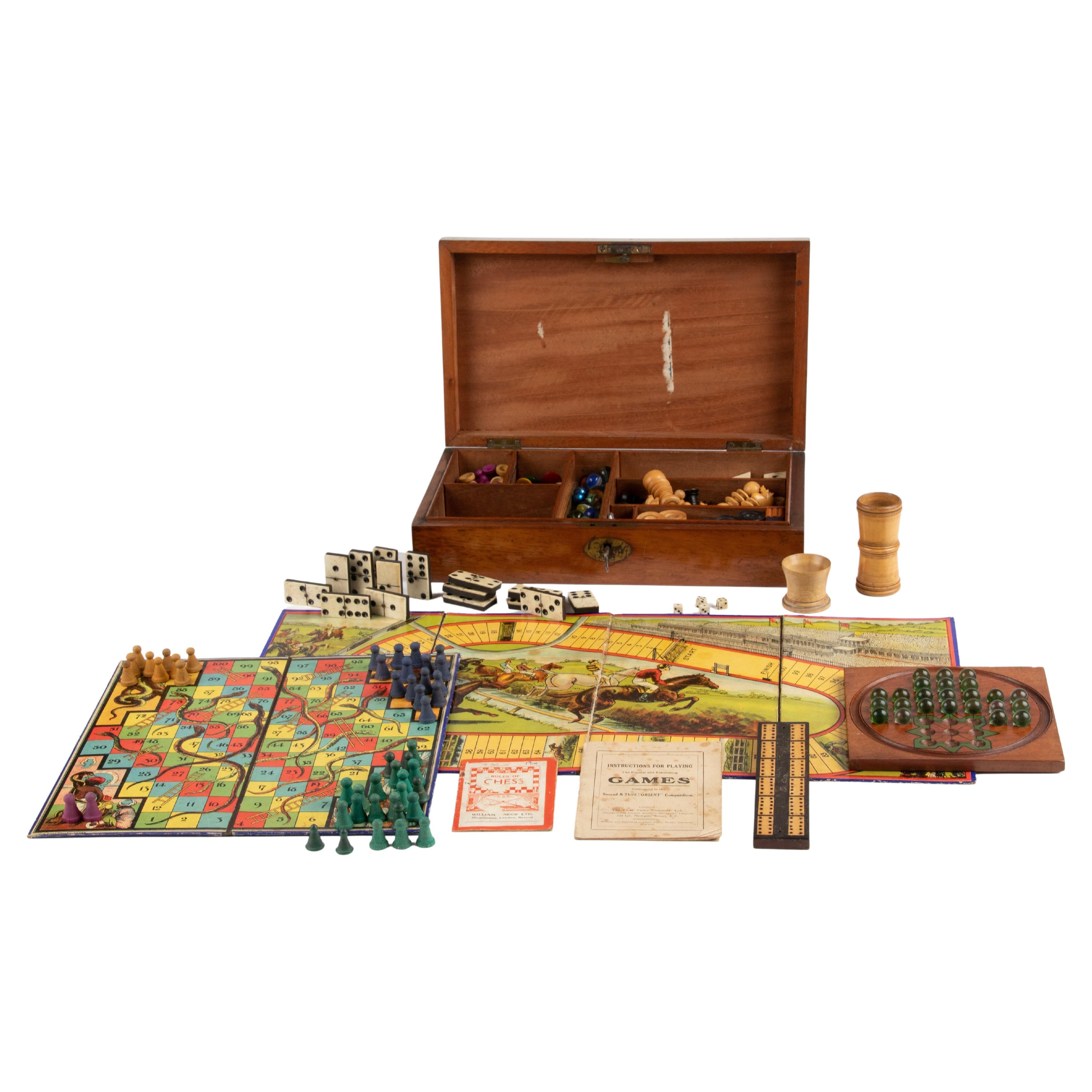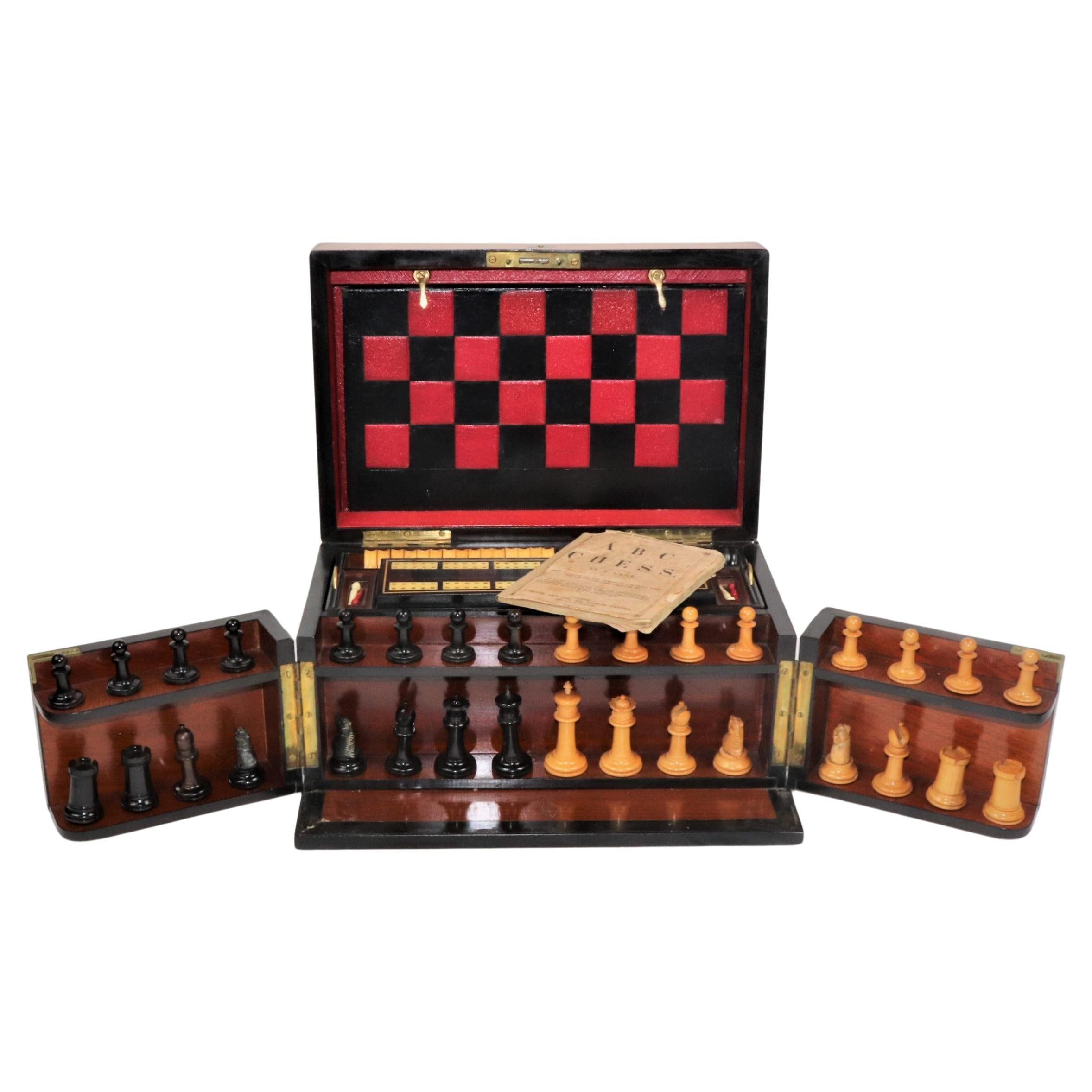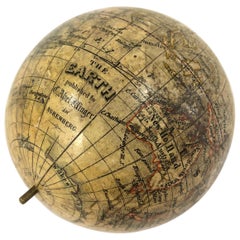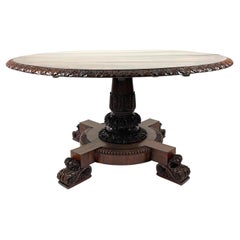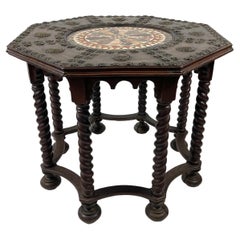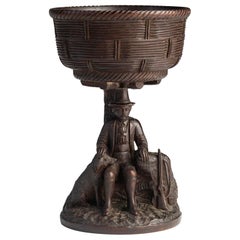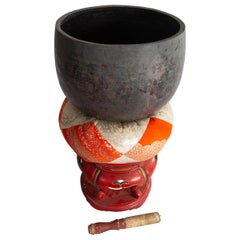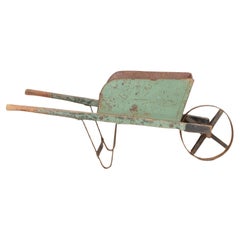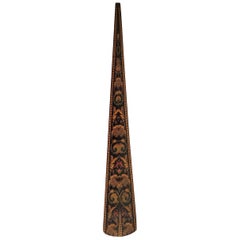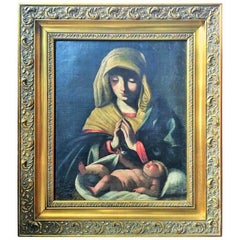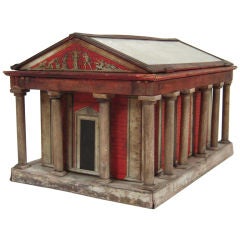
Rare 19th Century English Classical Temple Breadbox!
View Similar Items
Want more images or videos?
Request additional images or videos from the seller
1 of 11
Rare 19th Century English Classical Temple Breadbox!
About the Item
- Dimensions:Height: 10.5 in (26.67 cm)Width: 17.5 in (44.45 cm)Depth: 12 in (30.48 cm)
- Materials and Techniques:
- Place of Origin:
- Period:
- Date of Manufacture:circa 1870s-1880s
- Condition:Age related wear as seen in photographs. One pane of glass on roof replaced. Hinges not working on roof, so best just to lift top up.
- Seller Location:Essex, MA
- Reference Number:1stDibs: U1112118377897
About the Seller
5.0
Vetted Professional Seller
Every seller passes strict standards for authenticity and reliability
Established in 1998
1stDibs seller since 2007
192 sales on 1stDibs
Authenticity Guarantee
In the unlikely event there’s an issue with an item’s authenticity, contact us within 1 year for a full refund. DetailsMoney-Back Guarantee
If your item is not as described, is damaged in transit, or does not arrive, contact us within 7 days for a full refund. Details24-Hour Cancellation
You have a 24-hour grace period in which to reconsider your purchase, with no questions asked.Vetted Professional Sellers
Our world-class sellers must adhere to strict standards for service and quality, maintaining the integrity of our listings.Price-Match Guarantee
If you find that a seller listed the same item for a lower price elsewhere, we’ll match it.Trusted Global Delivery
Our best-in-class carrier network provides specialized shipping options worldwide, including custom delivery.More From This Seller
View All19th Century German Miniature Pocket Terrestrial Globe
By C. Abel-Klinger
Located in Essex, MA
A miniature 19th century 3.5 inch diameter pocket terrestrial globe by C. Abel-Klinger, Nuremberg, Germany, in English for the English speaking markets. Signed with cartouche reading...
Category
Antique 1880s German Scientific Instruments
Materials
Brass
$1,230 Sale Price
50% Off
Spectacular 19th Century William IV Rosewood Dining or Center Table
Located in Essex, MA
A fine quality, generously proportioned William IV rosewood center or dining table, the round top showcasing the extraordinary color and figure of the lively wood grain. It is edged ...
Category
Antique 1830s English William IV Dining Room Tables
Materials
Hardwood
$8,500 Sale Price
39% Off
19th C Octagonal Table with Inlaid Marble Top with Brass Shells and Flowers
Located in Essex, MA
A late 19th century Italian or Spanish carved oak octagonal center table, the top with beautifully inlaid specimen marble top decorated with cast brass scallop shells and flower head...
Category
Antique Late 19th Century Italian Baroque Revival Center Tables
Materials
Marble, Brass
$3,600 Sale Price
36% Off
Black Forest Carved Walnut Hunting Presentation Cup
Located in Essex, MA
A beautifully crafted Black Forest hand carved walnut hunting presentation cup, the basket weave bowl supported by the figure of a gentleman hunter l...
Category
Antique 1870s German Black Forest Decorative Bowls
Materials
Walnut
$880 Sale Price
67% Off
Giant French Horse Racing Poster Mural by Jacquot, circa 1930s
By Michel Jacquot
Located in Essex, MA
A rare, giant original French horse racing poster or mural, lithograph on paper, mounted on linen, in four panels joined to form one large image b...
Category
Vintage 1930s French Art Deco Posters
Materials
Linen, Paper
$7,600 Sale Price
56% Off
Swiss Silver Covered Tureen by Baltensperger, circa 1920s
By Baltensperger
Located in Essex, MA
A very fine quality handmade Swiss sterling silver covered tureen, of circular form, with hand-hammered cover and base, both of which have decorative ribbing, with oval loop handle o...
Category
Vintage 1920s Swiss Arts and Crafts Sterling Silver
Materials
Sterling Silver
$3,120 Sale Price
20% Off
You May Also Like
Japanese 19th Century Temple Gong
Located in Hudson, NY
Japanese 19th century temple gong. Temple gongs were originally used to beckon the gods. Comes with bronze bell, silk pillow, red lacquer stand and s...
Category
Antique 19th Century Japanese Religious Items
Materials
Bronze
English 19th Century Wheelbarrow
Located in Haywards Heath, GB
Rustic English 19th Century wheelbarrow.
Made of pine and metal in original paint.
Circa 1900.
Category
Antique 19th Century English Architectural Models
Materials
Pine
Rare 19th Century English Tunbridgeware Hair Pin or Slide
Located in Dallas, TX
Presenting an absolutely gorgeous and extremely unique and rare 19th century British Tunbridgeware hair pin/bobbin or slide.
This slide is unlike any of it’s kind we have seen before…. it is a very rare survivor !
From circa 1860–1880.
Made of walnut with gorgeous marquetry inlay on the entirety of the front with classic Tunbridgeware micro-mosaic all over the front. The rear is walnut.
The marquetry inlay appears to be various different woods, namely, maple, walnut and satinwood.
Would have been worn in a Lady’s hair bun with the micro-mosaic facing forward.
This would have belonged to a very elegant lady in the mid to late 19th century.
Tunbridge ware is a form of decoratively inlaid woodwork, typically in the form of boxes, that is characteristic of Tonbridge and the spa town of Royal Tunbridge Wells in Kent in the 18th and 19th centuries. The decoration typically consists of a mosaic of many very small pieces of different coloured woods that form a pictorial vignette. Shaped rods and slivers of wood were first carefully glued together, then cut into many thin slices of identical pictorial veneer with a fine saw. Elaborately striped and feathered bandings for framing were pre-formed in a similar fashion.
There is a collection of Tunbridge ware in the Tunbridge Wells Museum and Art Gallery in Tunbridge Wells.
The famous makers of Tunbridge ware were in the Tunbridge Wells area of Kent; their most notable work was from circa 1830-1900.
Early makers of Tunbridge ware, in Tunbridge Wells in the mid-18th century, were the Burrows family, and Fenner and Co. In the 19th century, around 1830, James Burrows invented a technique of creating mosaics from wooden tesserae. Henry Hollamby, apprenticed to the Burrows family, set up on his own in 1842 and became an important manufacturer of Tunbridge ware, employing about 40 people.
Edmund Nye (1797–1863) and his father took over the Fenner company when William Fenner retired in 1840, after 30 years in partnership with him. Thomas Barton (1819–1903), previously apprenticed at the Wise factory, joined the Nyes in 1836, and worked as Nye’s designer; he took over the business in 1863 and continued there until his death.
In Tonbridge (near to Tunbridge Wells), George Wise (1703–1779) is known to have had a business in 1746. It continued with his son Thomas, and Thomas’s nephew George (1779–1869), who took over in 1806. In its early years the company made articles such as workboxes and tea caddies with prints of popular views; later items had pictures created from mosaics. Their workshop in Tonbridge, Wise’s Tunbridge Ware Manufactory, was next to the Big Bridge over the Medway; the building was demolished in 1886 to widen the approach to the bridge.
Tunbridge ware became popular with visitors to the spa town of Tunbridge Wells, who bought them as souvenirs and gifts. Articles included cribbage boards, paperweights, writing slopes, snuffboxes and glove boxes.
At the Great Exhibition of 1851, Tunbridge ware by Edmund Nye, Robert Russell and Henry Hollamby was shown; Edmund Nye received a commendation from the judges for his work. He exhibited a table depicting a mosaic of a ship at sea; 110,800 tesserae were used in making the picture.
The manufacturers of Tunbridge ware were cottage industries, and they were no more than nine in Tunbridge Wells and one in Tonbridge. The number declined in the 1880s; competent craftsmen were hard to find, and public tastes changed. After the death of Thomas Barton in 1903 the only surviving firm was Boyce, Brown and Kemp, which closed in 1927.
Marquetry was an old technique which was continued by Nye and Barton to create images such as birds or butterflies.
‘Green Oak’ as caused by the fungus Chlorociboria aeruginascens.
Stickware and half-square mosaic was invented by James Burrows in about 1830: a bunch of wooden sticks of different colours, each having triangular or diamond-shaped cross section, were tightly glued together; in the case of stickware, the resulting block was dried, then turned to form an article such as the base of a pincushion. For half-square mosaic, thin slices were taken from the composite block, and applied to a surface.[1][2][4]
Tesselated mosaic, was a development by James Burrows of half-square mosaic; it was adopted by George Wise and Edmund Nye. Minute tesserae were used to form a wide variety of geometric and pictorial designs.
Many sorts of wood were used for the various colours; about 40 were in regular use. Only natural colors were used; green was provided by “green oak”, produced by the action of fungus on fallen oak. Designs for articles were often taken from designs of Berlin wool work.
Category
Antique Late 19th Century English High Victorian Collectible Jewelry
Materials
Satinwood, Walnut
Madonna and Child, Classical 19th Century Painting
Located in Miami, FL
Madonna and child, Classical 19th century painting.
This lovely oil painting was purchased in Spain.
The artist is unknown.
The painting still maintains its original finish and ha...
Category
Antique Late 19th Century Italian Renaissance Religious Items
Late 19th Century Siamese Stone Relief Temple Carving
Located in Hudson, NY
This temple relief was purchased from a late 19th century upstate NY garden. This lovely Buddhist carving is in an as found state taken directly from the...
Category
Antique 1890s Burmese Other Religious Items
Materials
Stone
Rare 19th Century Automaton Theater
Located in Madrid, ES
This important and rare automaton theater dates from the late 19th century and features both its original mechanical system and later electrical modifications.
Materials: Constructe...
Category
Antique 1890s Toys and Dolls
Materials
Fruitwood
Recently Viewed
View AllMore Ways To Browse
Bread Boxes
Bread Box
Red Tin Box
Biscuit Tins
Bread Tin
Antique Bread Box Wood
Antique English Biscuit Tins
English Biscuit Tins
Tin Bread Box
Large Vase Ceramic
Brown Glazed Ceramic Vase
Natural Wood Sculptures And Wood Furniture
Arts And Crafts Art Objects
Bells
Rare Antique Finds
Brown Ceramic Pottery
Art Deco Factory
Horse Hands
